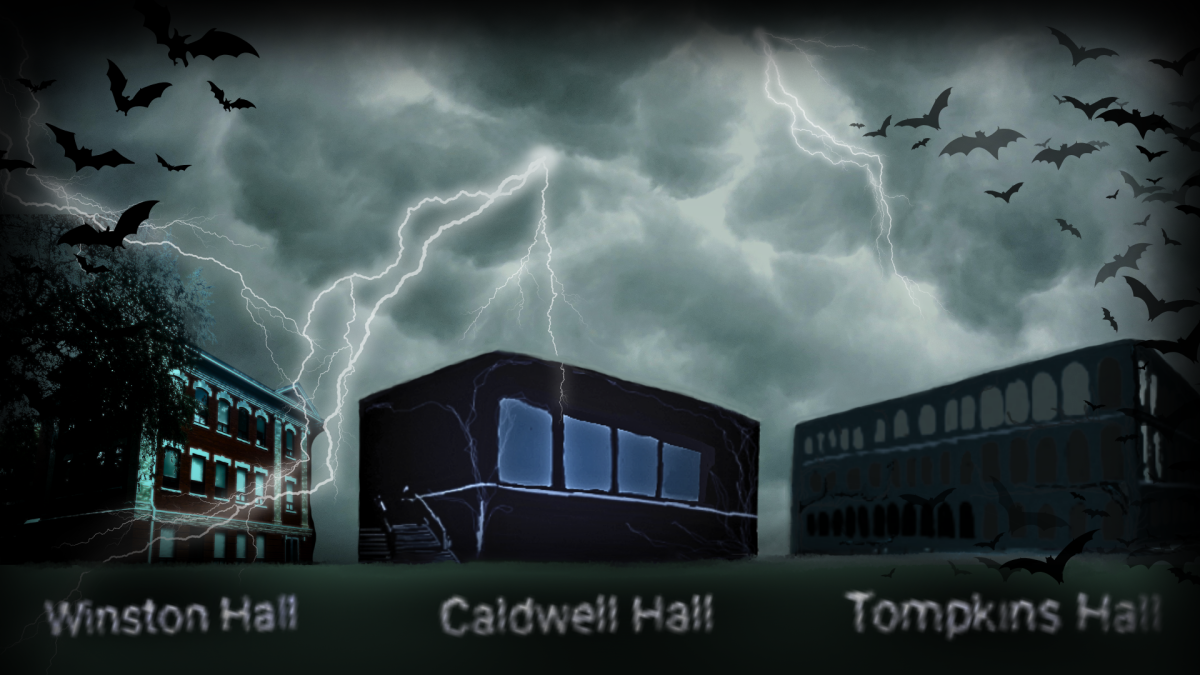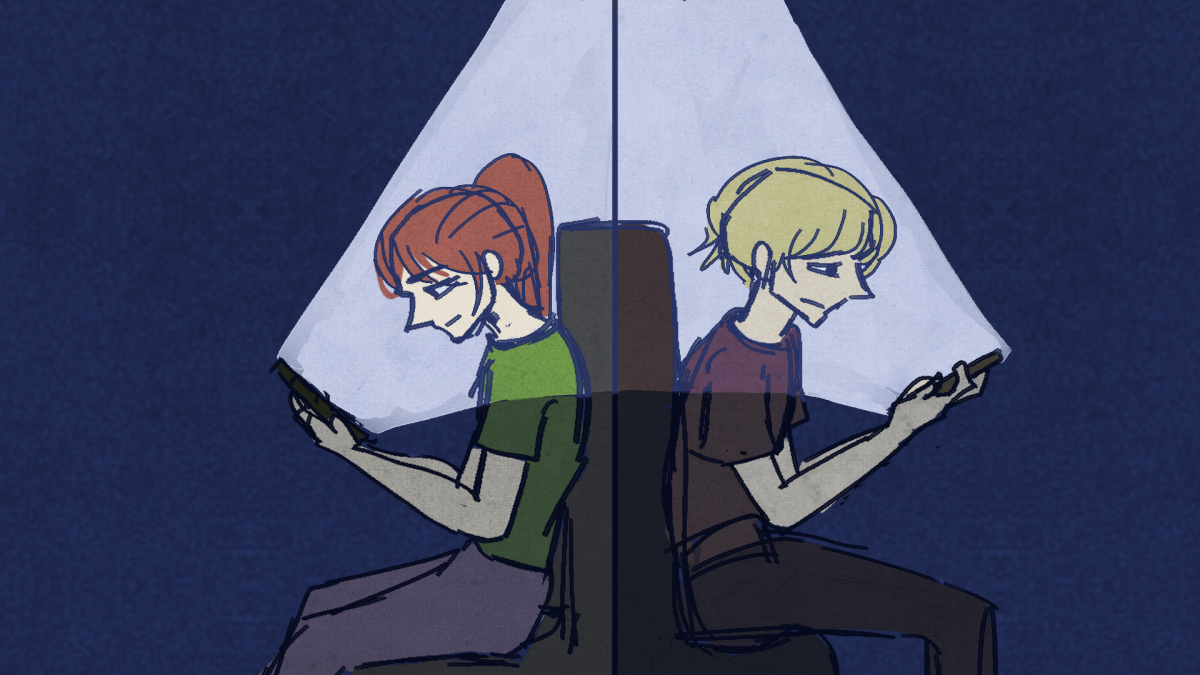As the trinity where humanities students disappear never to be seen again, Tompkins, Caldwell and Winston are the most notorious buildings for NC State’s College of Humanities and Social Sciences population. Each building offers its “unique” quirks, guaranteed to test your patience and sanity.
Whether it’s surviving the wild inhabitants of Tompkins, enduring the philosophical haze of Caldwell or trying not to disappear into the oblivion of Winston, these buildings shape the student experience in ways you’d never expect.
First up is Tompkins Hall, which feels less like a campus facility and more like a social experiment.
If your elementary school never had class pets, look no further than Tompkins. The pet spider in my English class turns lectures into a thrilling experience as students shriek and leap up in fear.
But the creatures are just the beginning. One minute you’re heading to class and the next you’re standing in front of the same water fountain for the third time, wondering if time works differently here than in the outside world.
Word to the wise, on your first day in Tompkins, a building so labyrinthine it makes you question reality itself, bring a compass and a prayer. The biggest mystery is the infamous “G floor.” Is it a basement? Is it a parallel universe? No one really knows.
Wherever you enter, you’ll walk in thinking you’re on the first floor, only to realize there isn’t the usual hum of your communications crowd. Instead, you’re surrounded by sociology majors, likely engaged in a deep discussion about social constructs instead of actually getting anything done.
And don’t fret, the mystery of the “G floor” extends beyond Tompkins. Originally named Link Building — because, presumably, whoever named it ran out of ideas and just went with the most literal, uninspired choice — it’s fitting that Caldwell feels like a maze designed to confuse rather than inspire.
As the home of philosophy majors, no one ever leaves Caldwell the same. I first entered it as a second-year with high hopes and am leaving as a nihilist who says “it is what it is” far more than I’d like to admit.
Perhaps it’s not just the curriculum but also the building itself that slowly chips away one’s spirit. After all, nothing says “get your work done” like the nauseating hues of the mustard yellow and vomit green walls, and the screeching chairs from the floor above provide the perfect, soul-crushing soundtrack to end class.
As a whole, Caldwell feels like a slow descent into existential monotony, perfectly mirroring the philosophical grappling happening inside its classrooms.
And finally, there’s not much to say about Winston Hall, the forgotten sibling. It’s quiet, unassuming and somehow even more unremarkable than you’d expect. If Tompkins is the chaotic adventure and Caldwell the existential crisis, Winston is the background noise. It’s always there, but no one really talks about it.
The tiny bathrooms emit an exotic blend of Clorox and despair, and the lights release a soft buzz that slowly drains your will to live.
“I thought I was in Winston for an hour, but my watch said it was three days,” one dazed first-year student said.
Together, Tompkins, Caldwell and Winston form an unforgettable trinity characteristic of the highs, lows and sheer bewilderment of life in NC State’s humanities world. But those within the humanities shouldn’t worry, the mysteries surrounding NC State’s own Bermuda Triangle holds no reflection of the prestige and prioritization of humanities on our campus.




